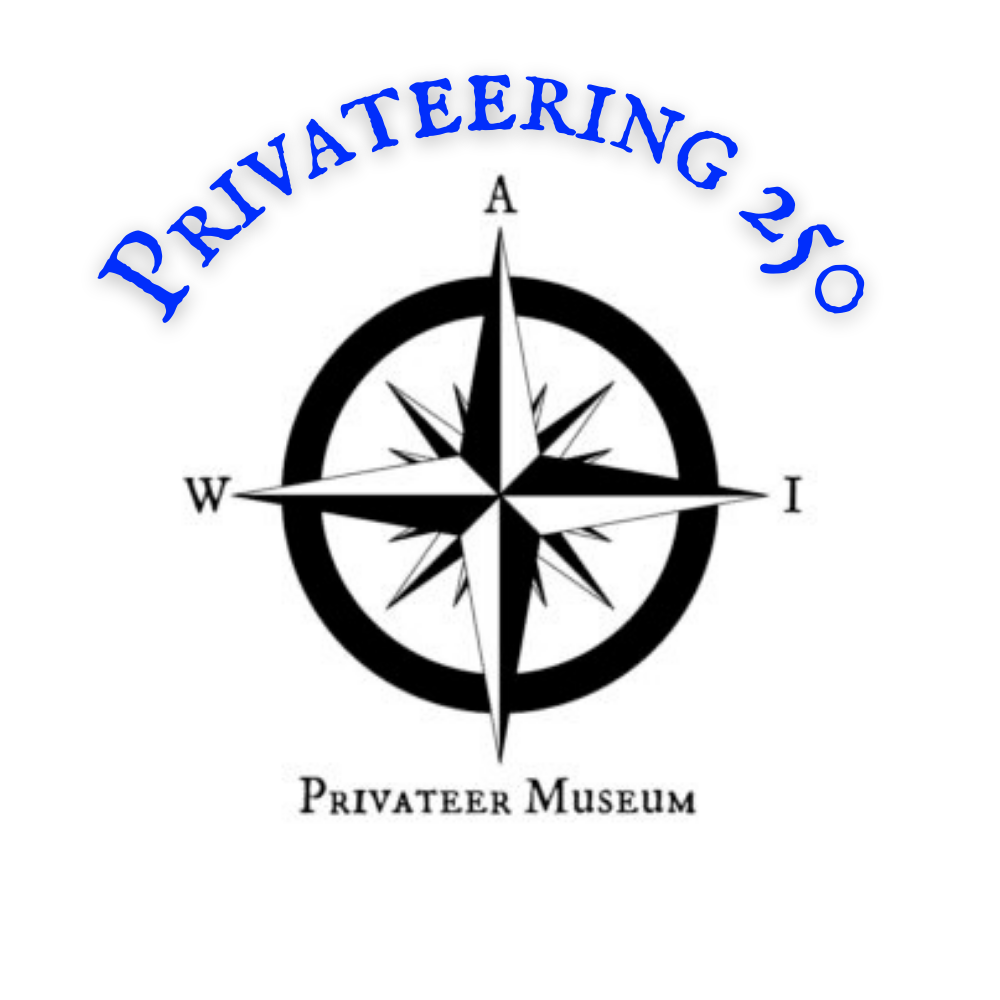
Some of our exhibits
Documented for posterity
We have chosen a few select Exhibits to document for use on the Internet by us, and a few projects aimed at exhibit preservation in the Internet age.
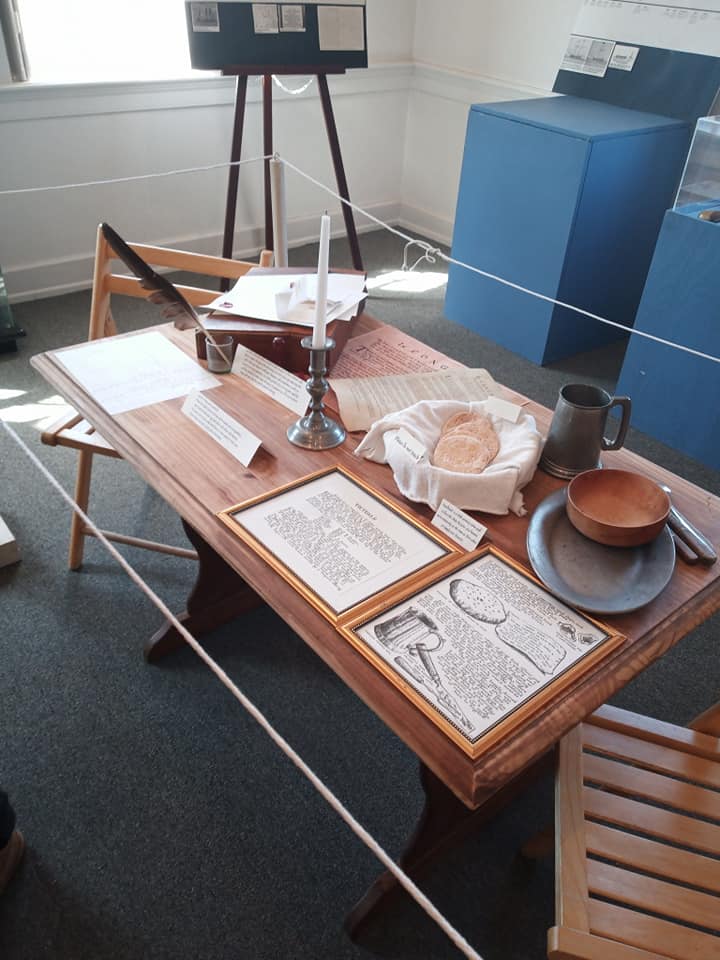
We have decided to list the exhibits in the order that they are seen at museum setups for a bit more of an organized flow.
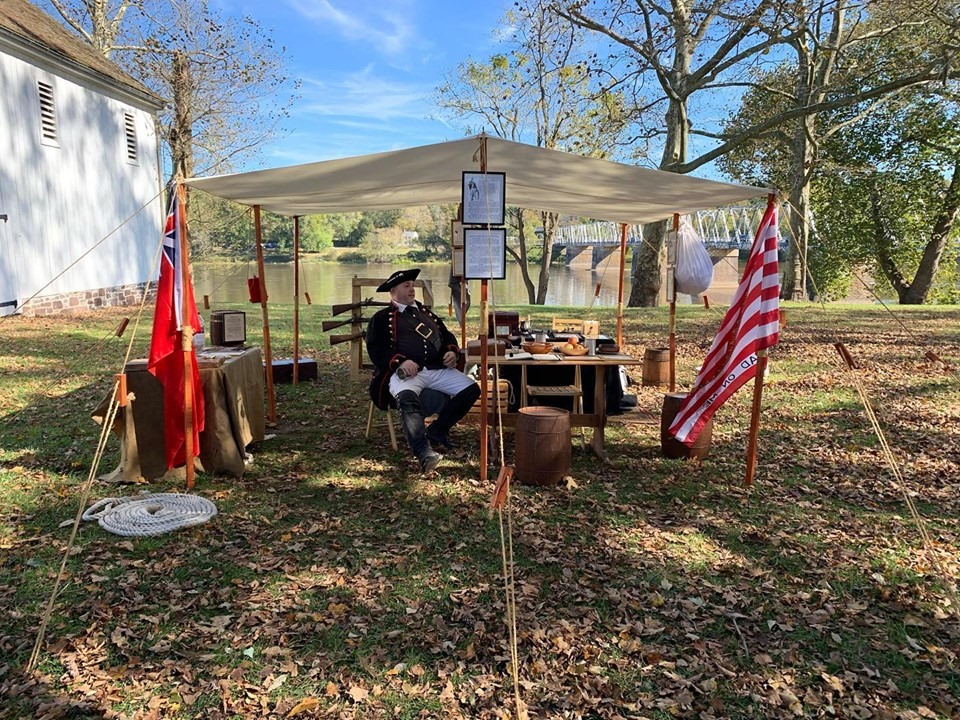
Dining Flie
The file was used as a dining tent, an area to conduct business, plan actions, or as a social area when on land during careening parties. In some instances, they would be called upon for the surgeon to do his work if necessary.

Captain’s table
This table serves as the hub of our ship, where we plot our courses, plan our daily activities, and welcome new crew members, passengers, and visitors. It’s also a place where we gather to share meals, unwind with a game, and chat about current events. It’s the centerpiece of our living history experience, serving as both the starting and ending point of our tours
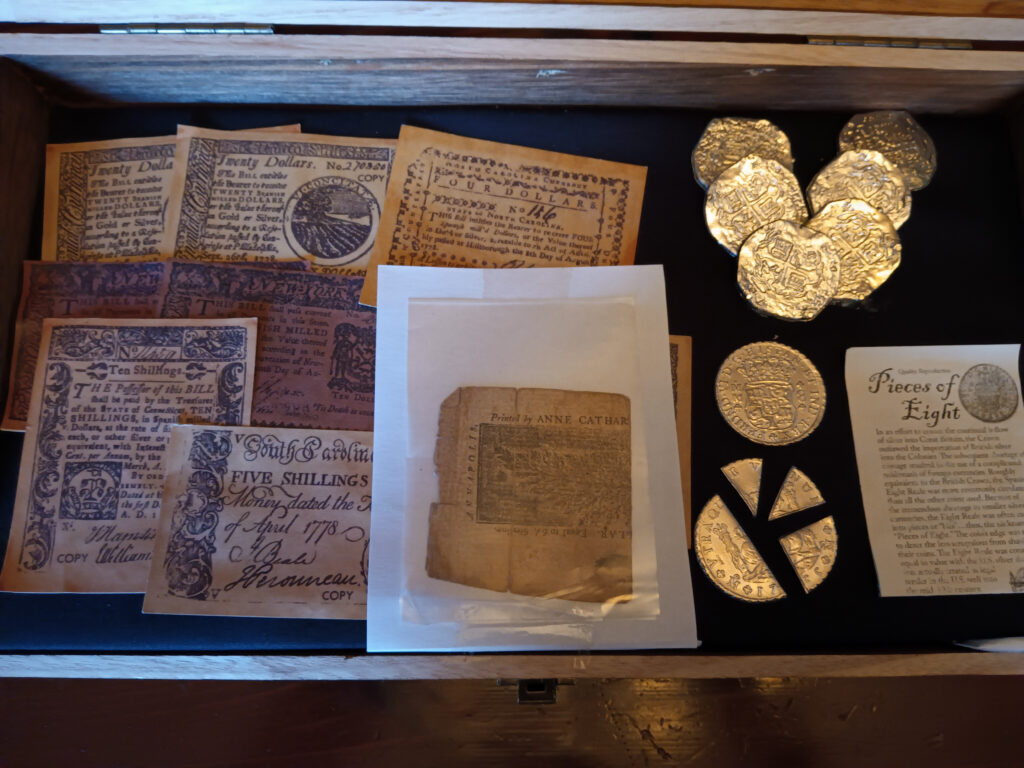
Colonial Currency
During this time, the colonies were not allowed to mint their own coins, so coins from England, Spain, Dutch East India Corp (V.O.C.), and Printed monies along with trading of goods and services (Bartering) were commonplace. Each colony had its own printed money and was only good within that colony, or good to those who did business in other colonies.
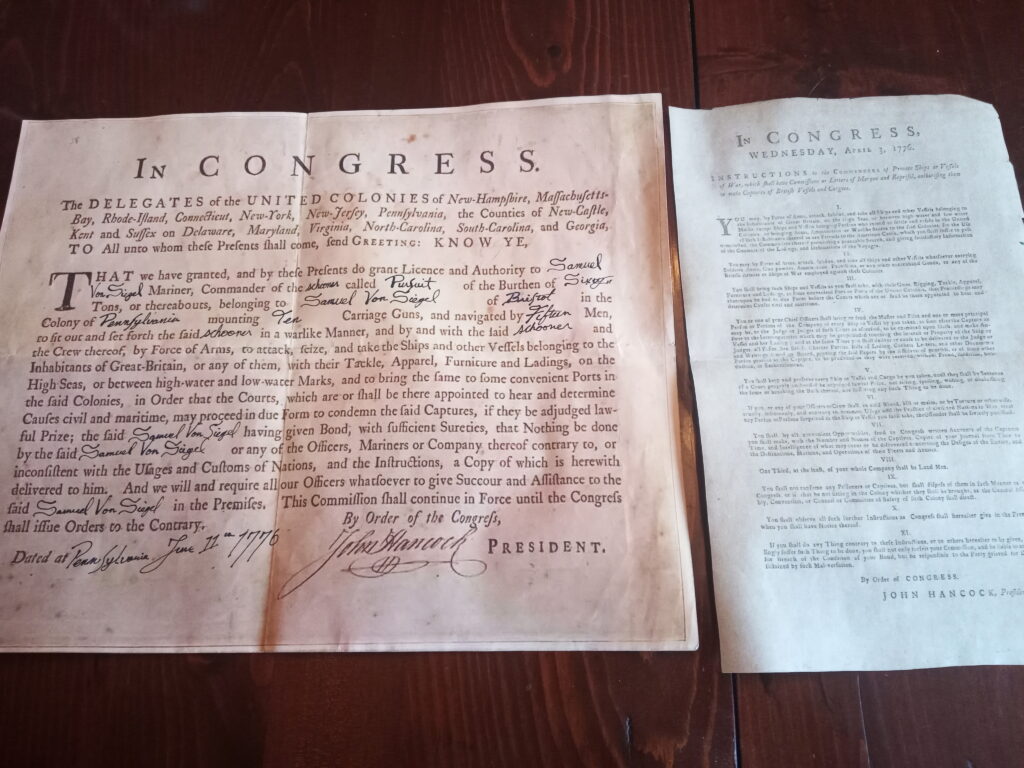
Privateer Bonafides
The Letter of Marque & Reprisal along with the Letter of Instructions to Privateers. These two documents are what make the efforts of privateersmen legal. The average cost of these documents in 1776 was 2800 pounds (Sterling). The Letter of Marque spells out the details of the vessel and crew allowed to carry out such operations. It is, in effect, a license to commit acts of Piracy.

Tankards
Taverns, Coffee Houses, & Tea Houses were common at the time. The Tavern was favored by many a sailor. It is where crews went to unwind, take part in the drinking of spirits, smoking, company of questionable spinsters, and of course games of chance. Most sailors would end up spending most, if not all, of their coin on these distractions from the world.
The two tankards shown are authentic pieces from the late 18th century and are frequently on display wherever the museum is set up at sites. One is English and the other is possibly Dutch.
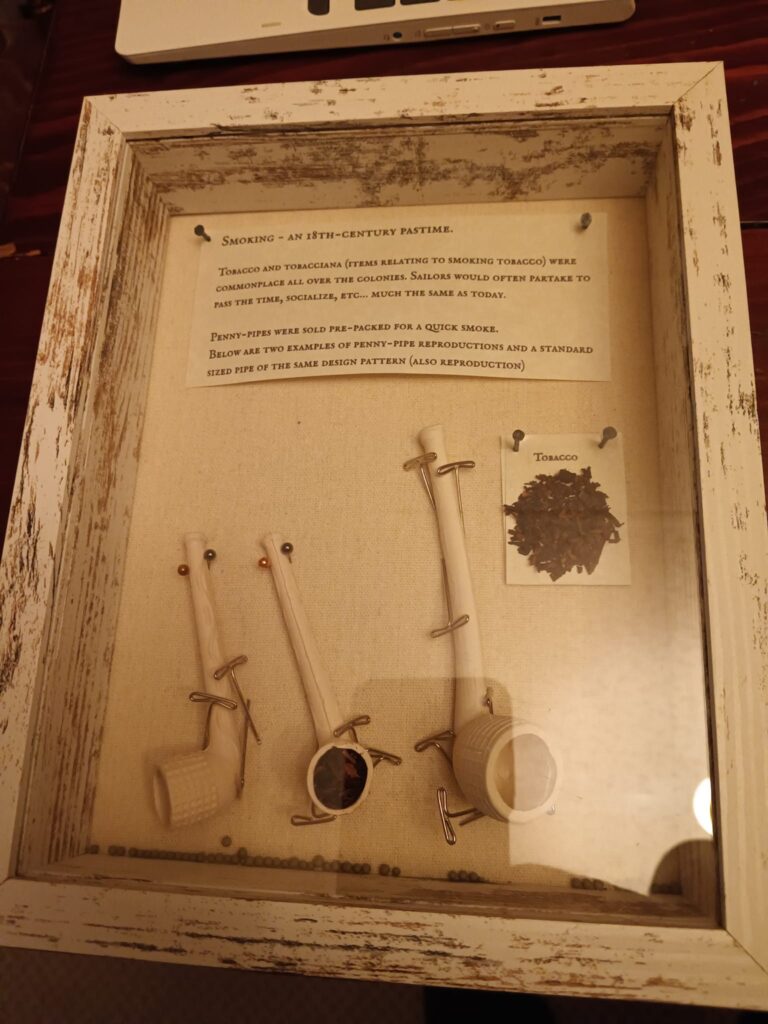
Smoking
Tobacco and Tobacciana (items relating to tobacco and smoking) were commonplace all over the colonies. Sailors would often partake to pass the time, socialize, etc… Much the same as today.
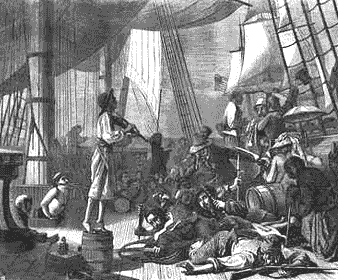
Spare time
This was not a thing that would happen often, granted just like today if you’re smart, you find the time to relax a bit.
Onboard ships during the late 18th century this was also no different. Sailors had little spare time, and what little they did have was chock full of ways to occupy their time, from music to games, and even crafts (at the time called “smalls” because of the size). Without spare time or something to change the focus on, we as human beings go a little unbalanced, which for a crew is not a good thing. Especially in a job that already takes a toll on one psychologically.
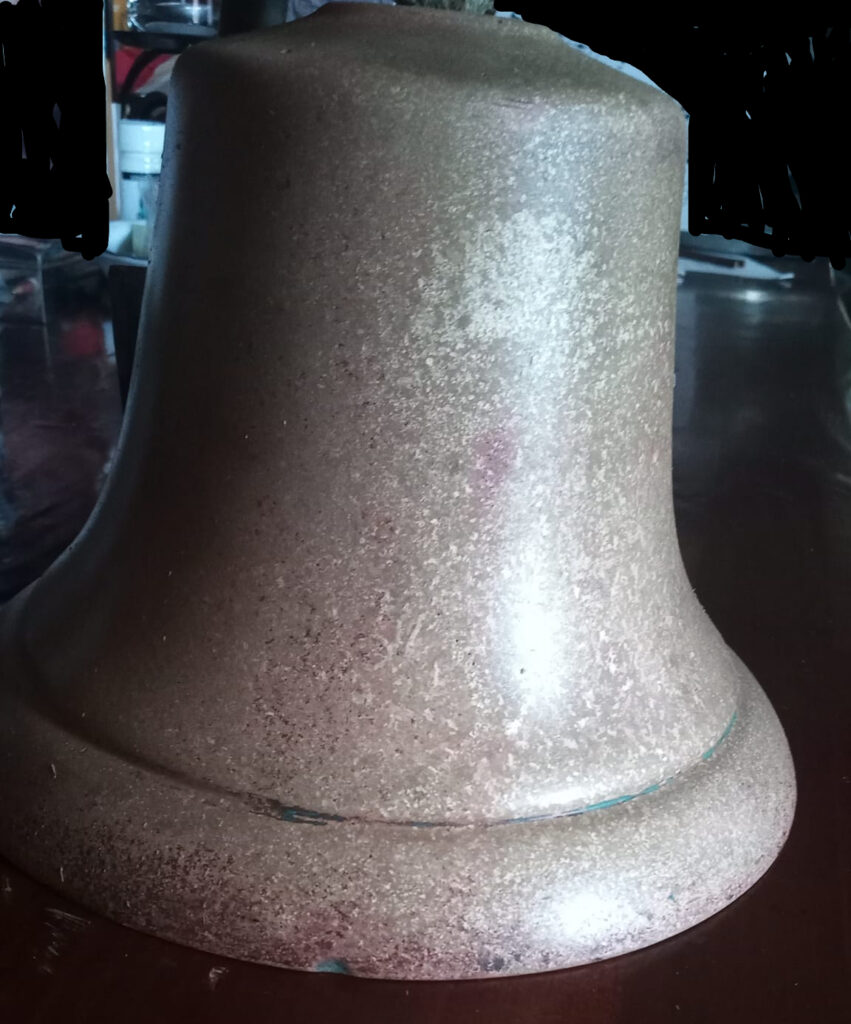
Ship’s Bell
Every 30 minutes (or thereabouts), we hear the ringing of a bell, which adds to the soundscape and enhances the tour experience. The bell is from the Pursuit, and it happens to be the only working piece left from her. It serves as a reminder of our past and our future, and its voice echoes from the past to help us preserve history.
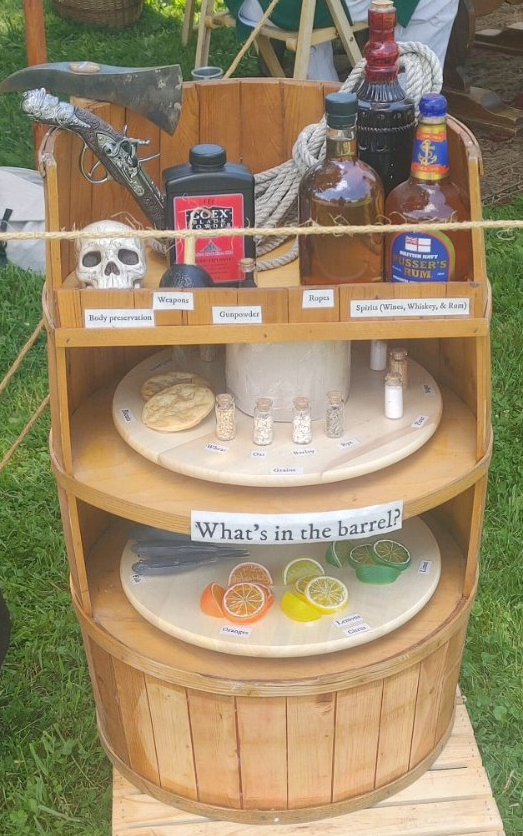
What’s in the Barrel?
One of our most popular exhibits is the barrel display. Its origin came from a curious young man who inquired about what the barrels were used for in the past. During the 18th century, barrels were the preferred shipping containers for various liquids and dry goods. They were versatile and held everything from gunpowder to spices. Furthermore, they were often reused to suit different needs.
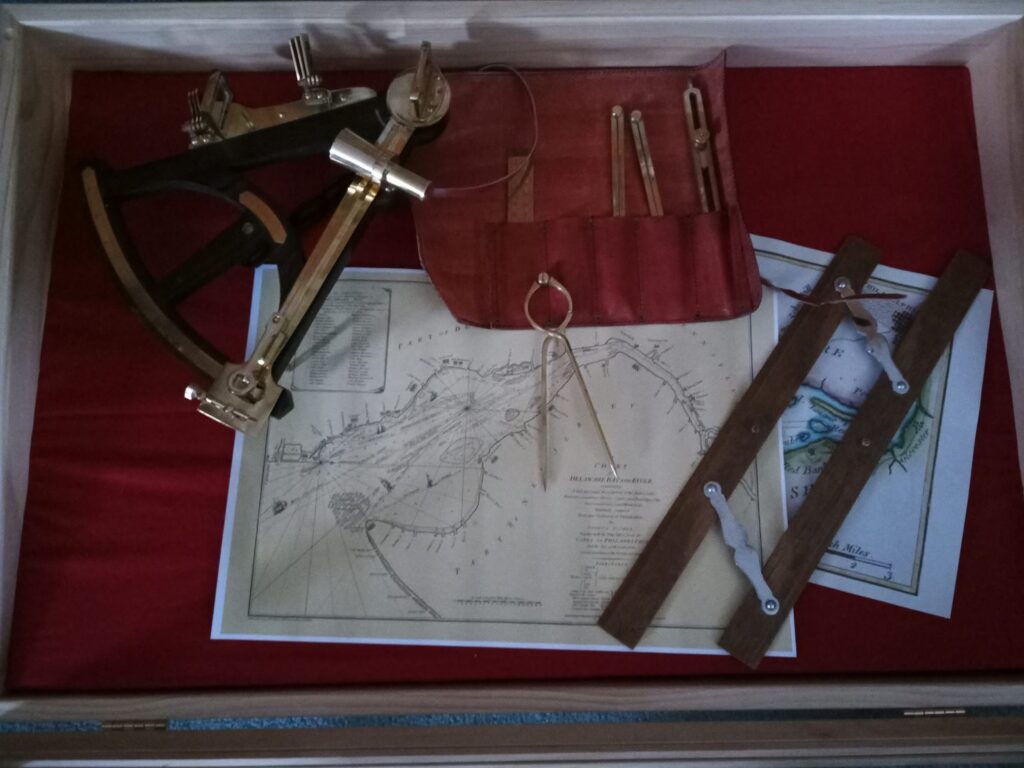
Navigation
Unlike today’s modern GPS that is used, Captain’s had to navigate using charts, Ledgers, the Sun and stars, and an assortment of tools such as the Octant.
This would have been a useful skill to have for any sailor, and quite often was taught to those who had an aptitude for reading and writing.

Ship’s Lines
On ships, various types of ropes and lines were utilized for different purposes. Standing Rigging refers to lines that are meant to remain still and not move, like the rigging that holds the masts in place. Meanwhile, Running Rigging is used to secure or allow the movement of items, and they are held in place by belay pins that can be adjusted to facilitate the movement of lines when necessary.

Black Powder, Weaponry & Demonstration
Gunpowder may have been invented by the Chinese, but it helped change the face of nations. Now it is used in celebration and teaching history while making quite a decorative impression. However, during the 1770s in the colonies, it was difficult to get. After the Boston Tea Party King George III declared us in open rebellion which set off the Intolerable Acts and from that spawned the Gunpowder Affair in which gunpowder was removed from a Virginia storehouse to Royal Naval Ships to be controlled in an attempt to keep the peace based on Royal Governors over the colonies. Ultimately it led to our independence but not after an embargo of imports of things like Gunpowder and weapons, which opened up the road to privateering.

Ship’s Medicine
by today’s standards, 18th-century medicine was barbaric and dirty, especially so onboard ships at that time. Surgeons and doctors did their best when it came down to it if you were lucky enough to have one aboard. Those that didn’t, had to rely on those with a crude understanding of what happens and what is needed till better help can be made available.
